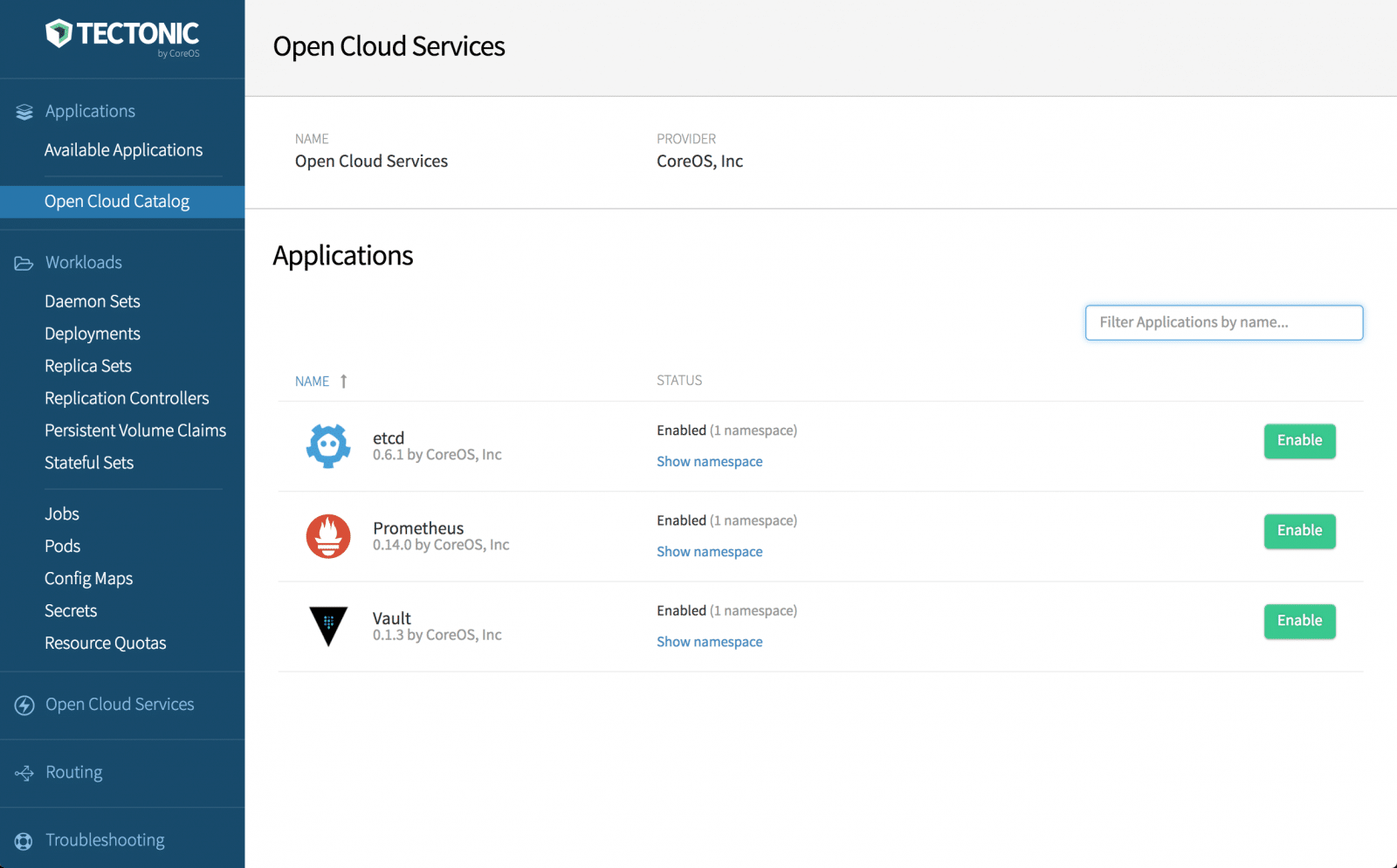
At Red Hat’s Summit 2018 in San Francisco, the company announced that it will begin integrating CoreOS Tectonic, Quay, and Container Linux with Red Hat’s robust container and Kubernetes-based solutions portfolio. Red Hat has revealed a roadmap to how it will be integrating these technologies into its container application platform. The company states that this will bring the benefits of containers while also making hybrid cloud environments a more attractive option for enterprises.

Red Hat acquired CoreOS earlier this year, gaining Tectonic and Container Linux technologies. This newly acquired technology will help drive automation at every layer of the cloud-native stack. Red hat will take CoreOS’s over-the-air updates for its Kubernetes solution and integrate it into OpenShift as automated operations. This will bring automated upgrades making it easy to deploy Kubernetes at scale. Typically there are many administrative actions that need to carried out when deploying Kubernetes at scale, now they will all be done automatically.
With Container Linux, OpenShift gains several key pieces of a container-native operating system. Container Linux will continue to provide a free, fast-moving, and automated container host while also providing content options from the Red Hat Enterprise Linux and Fedora ecosystem, with a supported variant being provided under the name Red Hat CoreOS. Container Linux will eventually supersede Atomic Host as Red Hat CoreOS’ container-centric operating system.
For several years, Red Hat OpenShift users have used Quay as their enterprise registry solution. With the integration users are now able to get Quay Enterprise and Quay.io from Red Hat. This includes automated geographic replication, integrated security scanning with Clair, image time machine for viewing history, performs rollbacks and automated pruning, and more.
Availability
Tectonic’s automated operations, Red Hat CoreOS and more are expected to be fully integrated into Red Hat OpenShift Container Platform in future versions. Container Linux is expected to continue to be maintained while its successor will be developed with the Fedora and CoreOS Communities.
Sign up for the StorageReview newsletter
